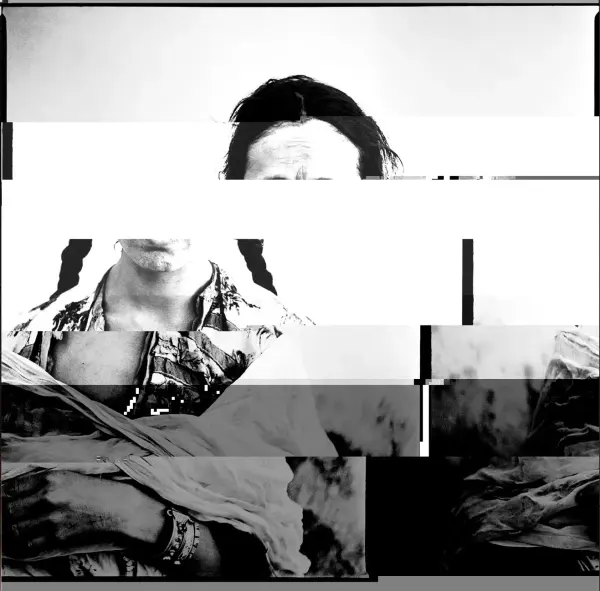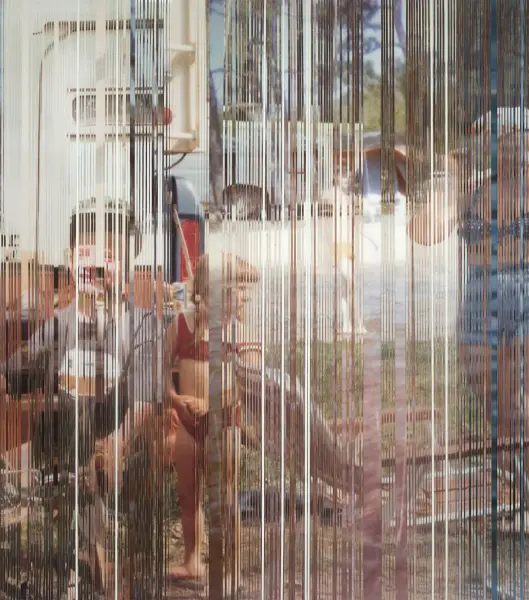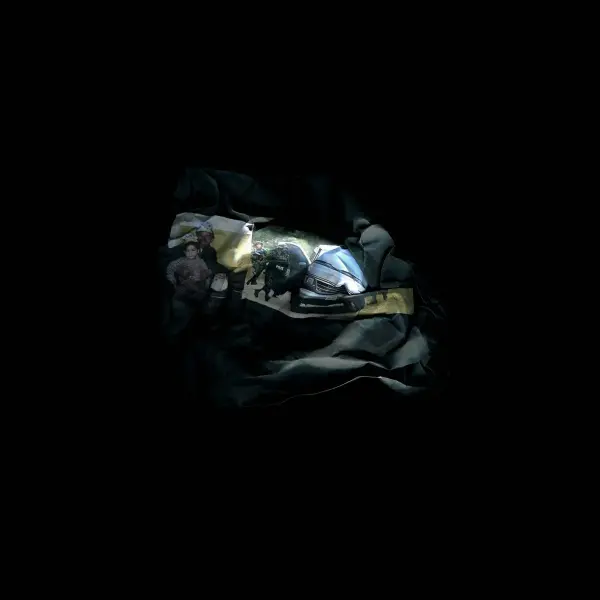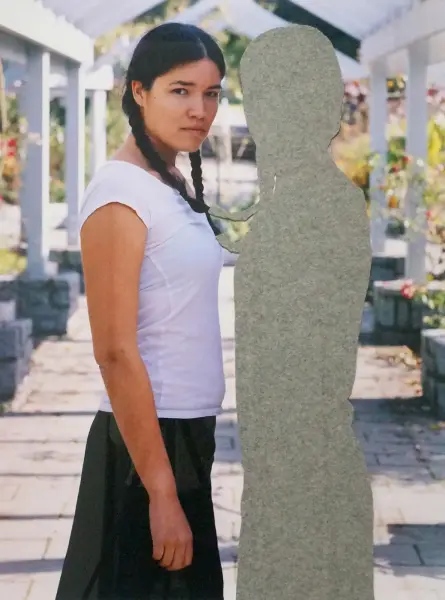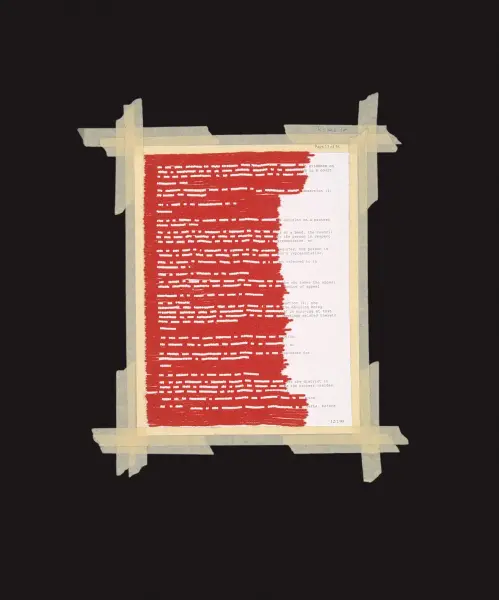Through lines
Seven artists that challenge notions of redaction, tackling its typical devices of shredding, blacking out, editing and covering up.
Each project featured in this exhibition engages a restorative gesture that speaks to the ways in which history and memory are conceptualized within a contemporary context. Rather than considering redaction simply as a bureaucratic tool or an outcome of state control, these specific approaches enable new forms of knowledge production and remembering, both politically and personally. Contemplating alternative legibilities that might emerge through redaction, the exhibition highlights the spaces of inquiry revealed through acts of obstruction.
Scott Benesiinaabandan, Maria Hupfield and Lise Beaudry redact photographs as a way of complicating the image. Benesiinaabandan’s little resistances (2016) combines family snapshots with media images of recognizable Indigenous resistances. The composite prints are then crumpled and re-photographed in an effort to foreground the complexities connecting family life and communal struggles literally folded into each other. Generating a new work, Hupfield intervenes in her 2007 series Counterpoint by felting over parts of the images in order to resist, as she notes, the consumption of the body and of her nation. Beaudry re-configures her personal archive by shredding and reassembling various family photos and, in the process, reframes notions of individual memory and the decisive moment.
Michèle Pearson Clarke and Raafia Jessa both turn to language in their respective projects All That Is Left Unsaid (2014) and /ˈlo.kwiː/ (2016). Clarke’s video elegy edits together redacted, found footage of Audre Lorde. Both Lorde and Clarke’s mother lived with cancer for 14 years and the loss of their wisdom and love is marked by the video’s continuously disjointed and unfinished sentences. Jessa’s vinyl installation presents 45 symbols that inform a fictitious language. Based on a mixture of Urdu, Persian, Arabic and Latin, the alphabet is illegible yet suggests the possibility of a more empathetic future rooted in universal communication.
Nadia Myre and Leila Fatemi use archival documents as their starting point. Myre’s project, Indian Act (2002), enlisted over 230 individuals to bead over the 56 pages of the Indian Act, creating a visual evidence of the lingering impact of colonization, unheeded contracts and oppressive politics. Similarly, Fatemi digitally redacts historical photographs taken by the French officer Marc Garanger as part of the colonial project in Algeria during the 1960s. Fatemi’s obstructions return some anonymity to the many women forced to unveil for their picture.
In each of these multi-layered projects, redaction performs as an invitation to challenge assumptions and easy readings of images, documents and texts. Honing these parallel perspectives, Through lines points to the spaces in-between, where the hidden and obscured becomes as significant as the visible.
Through lines is presented across several locations at Artscape Youngplace: Koffler Gallery (1st floor), Critical Distance (3rd floor) and the outdoor billboard (Shaw Street).
Gallery Day Toronto + Canadian Art Fall Issue Launch
Saturday, September 15, 2018 | 1 – 8 PM
Various locations (including Koffler Gallery) | FREE
Join Canadian Art editors and contributors for a free day of talks in galleries around the city. These hour-long gallery visits are held throughout the day at different locations (talks are approximately 30 minutes long, and start about 10 minutes into the hour). The day concludes at the Koffler Gallery with a conversation with artists from Through lines, led by Lindsay Nixon, Indigenous editor-at-large at Canadian Art (5:30 – 6:30 PM) and the launch of their Fall 2018 issue (6:30 – 8 PM).


